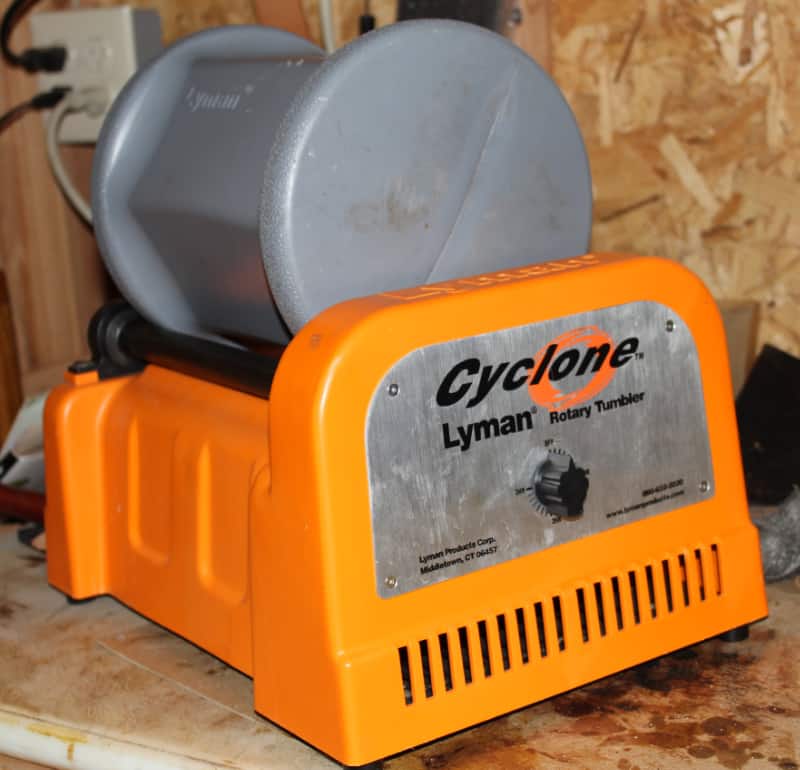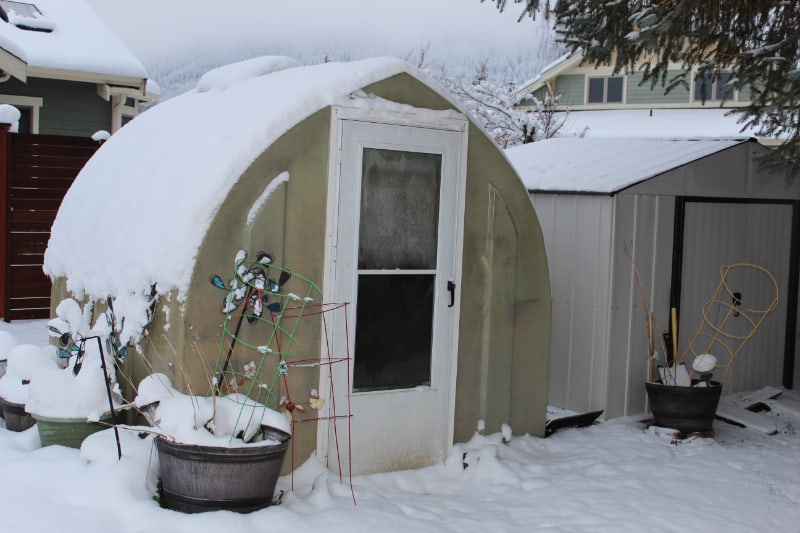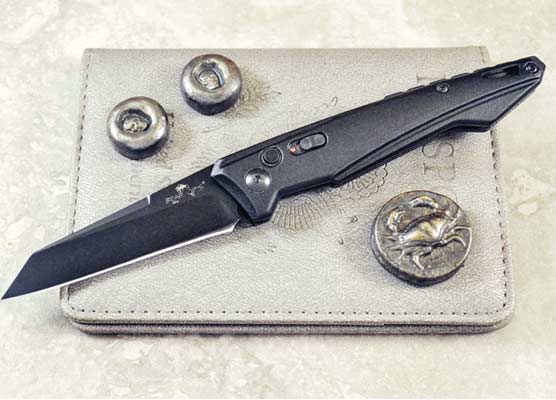Taking a Tumble
Winter is the Best Time for Reloading Brass
Here we are, a month into winter, and I can think of no better time of year to head to the loading bench to reconstitute my ammunition supply.
Not to brag, but I’ve never had to run from store to store looking for cartridges to feed any of my rifles or handguns. A couple of good RCBS presses do the job, including a vintage PiggyBack conversion unit which I’ve thought for years was a bit of genius. (It converted a single-stage Rock Chucker to a progressive with a little tinkering). I’ve reloaded thousands of rounds of handgun ammunition and never been disappointed.
Over the years I’ve made a habit of keeping a supply of propellants for my favorite loads, plus I hit the gun shows and stock up on primers and bullets when they’re available for a decent price.
The first stage of this process is to tumble my brass. I was getting rid of a bunch of old emails when I ran across a brief exchange from months ago with American Handgunner Editor Tom McHale, which inspired this column. He had written a piece on tumbling in which he described the advantages of wet tumbling brass over dry tumbling or vibrating using ground-up corncob or walnut shell media.
“Once you tumble wet,” McHale deftly observed, “you never go back. As a decades-long dry tumbling kind of guy, I saw no need to try the wet method — until I did. Not only does cleaning cases with water, detergent and steel pins get your brass shiny, it also (literally) washes away all the nasty range filth. With dry tumbling, all the dirt has nowhere to go. It’s like mopping with dirty water.”
That remark was so spot-on I sent him a reply in which I explained, “I went to wet tumbling about four years ago and it was one of the smartest things I ever did in terms of reloading ammunition. I happen to own a (Lyman) Cyclone and it’s a godsend. There is nothing like reloading with sparkling clean brass. Even the primer pockets are spiffy. My secret is to use HOT water because it really cleans off the crud. And then do a 10-minute rinse tumble.”
The Beginning
Every tale has a beginning, and mine was an encounter I had a few years ago at the local gun range with a guy whose handloads were so bright and clean I thought at first he was shooting factory ammunition right out of the box. When he explained otherwise, I pressed for details.
“Okay, so what’s your secret? How do you get such well-polished brass?”
“I wet tumble with steel pins,” he said, which I initially thought was a fable. He explained in some detail and it intrigued the heck out of me. A couple of months later at that year’s NRA convention, I was chatting with longtime pal Rick Ranzinger, Lyman president and CEO at the Lyman exhibit, when I asked him if he knew about this process.
“Yeah,” he says. “Come on, I’ll show you.”
What followed was a real eye-opener of a conversation. Rick introduced me to the Cyclone rotary tumbler, a bag of steel pins and Lyman’s cleaning solution, and explained how everything works together. About a month later, I had one and enough fired brass in different calibers to make for an evening project that stretched out over several weekends.
Over time, I got a little creative, using very warm water as described above, tumbling my brass for a minimum of two hours — sometimes three, depending on the number of empty cases and the different caliber(s). One thing I discovered was mixing .38 Special brass with .45 ACP or .45 Colt invariably ends with the smaller cases having worked their way into the larger diameter empties.
Pour out the dirty water, pins and brass onto a screen to let the soapy water drain, then toss the brass back into the tumbler with clean water for a 10-minute rinse and viola!
Lyman says the Cyclone “takes brass cleaning to a whole new level,” and I can’t agree more. “The large capacity drum holds up to 1000 pieces of .223 brass and features a rubber lining to protect brass and greatly reduce noise during operation.” I found it holds a bunch of .45 Colt or .41 Magnum cases, and plenty of .357 Magnum and .38 Special cases.
Rifle vs. Handgun
We all learn from experience, and one thing I picked up real fast was resizing and trimming (if necessary) all of my rifle brass before tumbling. The hot soapy water completely removes case lube and any lingering shavings from the trimming process go as well.
A few years ago, I discovered some stuff called “Slick Willy.” It was initially marketed as a bullet and patch lube for black powder shooters, but I found it makes a terrific case lube. A very light rub lubes cases for resizing in a jiffy, and I’ve been using the same container for a very long time.
Since I reload handgun cartridges with carbide dies, no lube is necessary so they all go right into the tumbler after checking for trim length. Rest assured; clean brass moves more smoothly through a carbide resizing die.
The Dry Spell
The most tedious part of the process is drying the resized brass. I’ve known people to put them in a warm oven, and for a while I even set mine in an old pie pan near the wood stove. (Not too close because you don’t want it to get hot.)
One method I’ve found to be remarkably efficient is to put the clean brass in a small greenhouse next to my vegetable garden. Even during the winter months, brass left inside will dry out evenly and quickly due to evaporation. Leave it overnight or for a couple of days and you’re in business.
In a greenhouse, even in mid-summer, I’ve never found my wet-tumbled brass to become too hot. My greenhouse has a hatch in the roof that opens automatically if it gets too warm, presumably so starter plants inside don’t wither and die. This may all sound a little nutty, but necessity is the mother of invention and it works.
Alas, It's No Joke
I pick on Washington State a lot, not because it’s my home, but because public officials here seem to have taken the question “How stupid is that?” as a challenge.
Recently, a couple of lawmakers pre-filed a bill that would—are you sitting down?—eliminate drive-by shooting “as a basis for elevating murder in the first degree to aggravated murder in the first degree.” You read that right. The sponsors, both Democrats, indicate their motivation is “promoting racial equity in the criminal legal system,” whatever that means. Long story short, they want to be lenient with motorized murderers.
Nobody I’ve ever known would suggest that a drive-by is anything but an aggravating factor in a first-degree murder. Hopping in a car and driving down a street looking for someone to shoot is as pre-meditated as it gets. Except, perhaps, in Olympia, the state capitol. The bill probably won’t go very far, but if it does, watch for the idea to get traction in other states.






